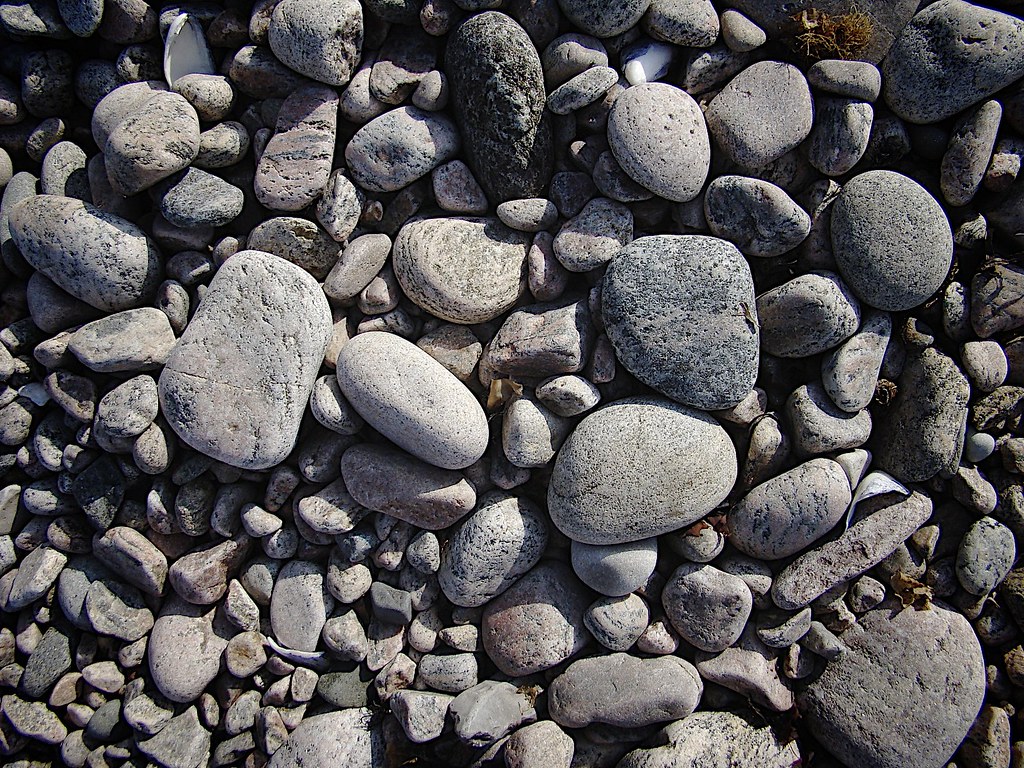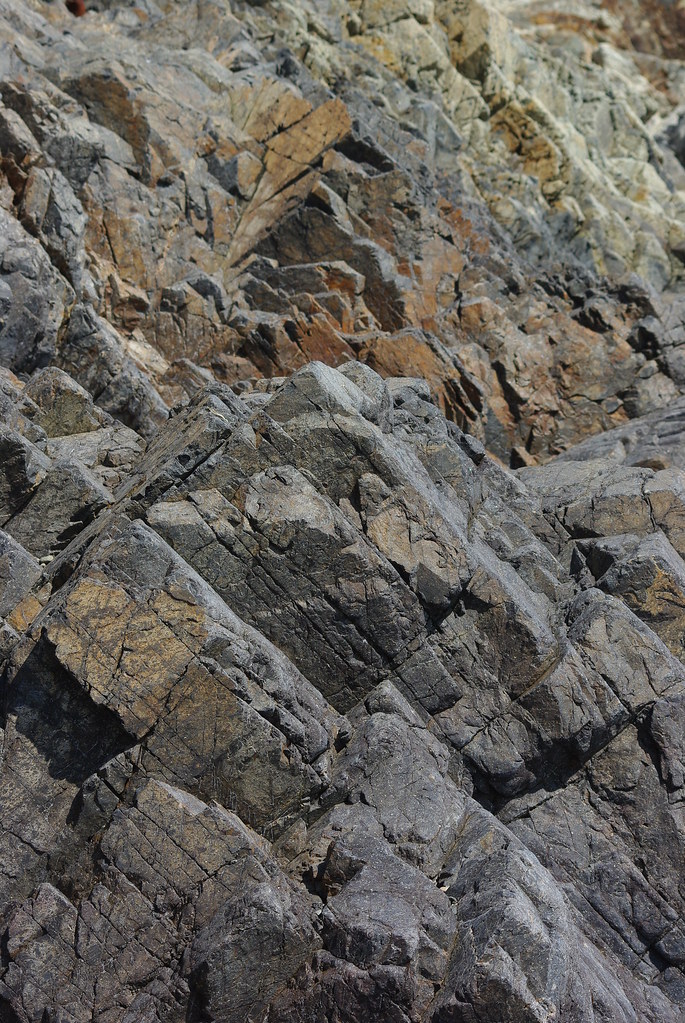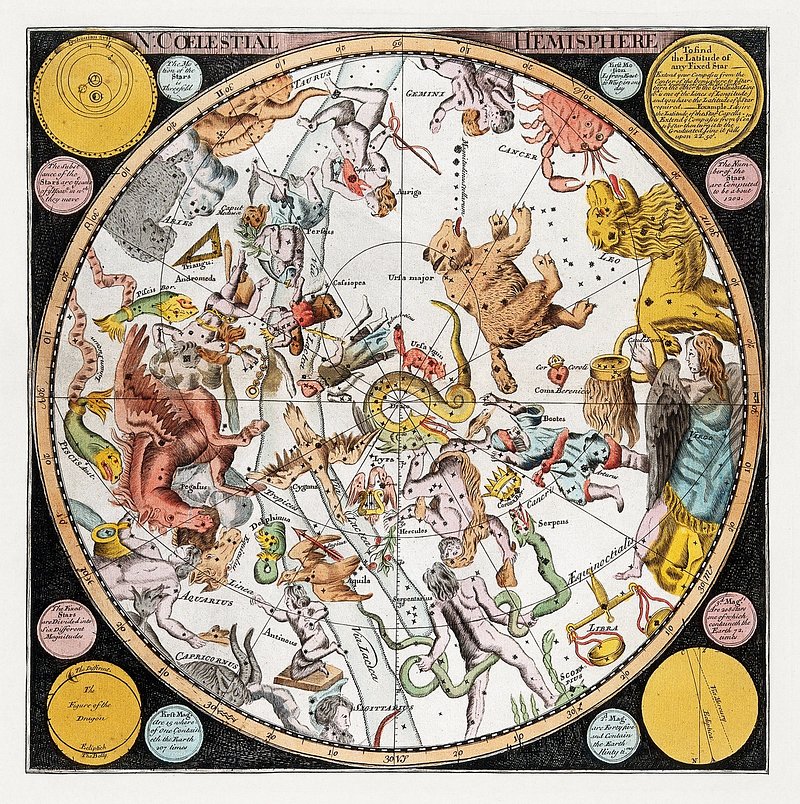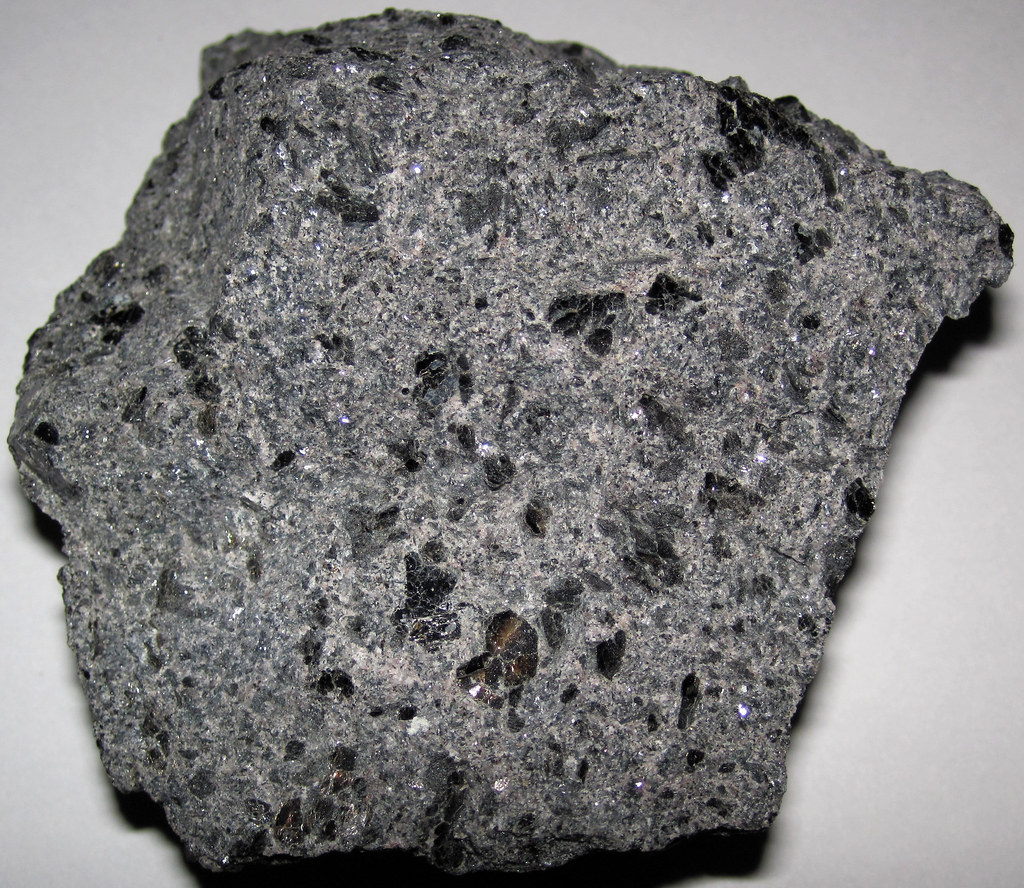
Have you ever found yourself marveling at the vibrant display of your smartphone, the powerful hum of an electric vehicle, or the silent rotation of a wind turbine? It might surprise you to learn that many of these everyday wonders, and countless advanced technologies, owe their very existence to a mysterious group of materials often overlooked by the general public: the Rare-Earth Elements.
These elements are truly the unsung heroes of our modern world, quietly powering innovations that shape our daily lives and drive global progress. But what exactly are these so-called ‘rare earths,’ and why are they so pivotal? Forget what you think you know, because the story of these elements is far more complex, fascinating, and, frankly, a lot less ‘rare’ than their name suggests.
Join us on an incredible journey as we peel back the layers of misconception, explore their intriguing history, uncover the immense challenges of harnessing them, and peek into the future of these indispensable materials. Get ready to discover why these elements, from their misleading moniker to their geological quirks, are at the heart of the tech trends and sustainable solutions we’re all talking about.
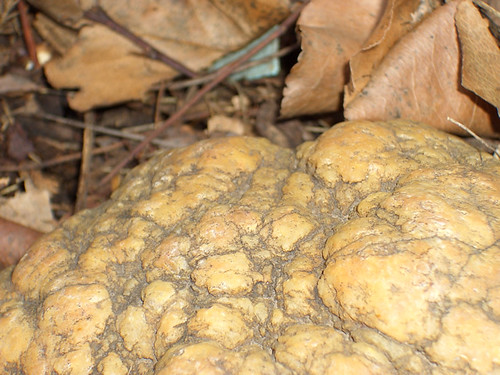
1. **The ‘Rare’ Misnomer: Understanding the Elements We Call Rare-Earths**The term “rare-earth” is, quite frankly, a bit of a marketing blunder from centuries past. It’s a significant misnomer because these elements aren’t actually scarce in the Earth’s crust at all. In fact, some of them are more abundant than well-known metals like copper. So, if they’re not rare, what gives?
The truth lies in how they occur in nature. They are only found in compounds, never as pure metals, which makes them incredibly difficult to isolate and purify. Imagine trying to find a specific needle in a haystack, but that needle is fused with hundreds of other, almost identical needles. That’s the challenge.
For example, cerium, one of the rare-earth elements, is the 25th-most-abundant element in the Earth’s crust, clocking in at 68 parts per million—a higher concentration than copper. However, because they are often spread thinly as trace impurities, obtaining them at a usable purity requires processing enormous amounts of raw ore, which naturally comes with a hefty price tag and considerable effort.
The “earth” part of their name, if you’re curious, harks back to an older chemical term for oxides, which is the chemical form in which these elements are primarily found in minerals. This historical naming, combined with the extreme difficulty in their early isolation, cemented a name that, while inaccurate, has stuck through the ages.
2. **The Elemental Lineup: Lanthanides, Scandium, and Yttrium**When we talk about Rare-Earth Elements, we’re actually referring to a specific group of 17 distinct metallic elements. These are the 15 lanthanides, sometimes also called lanthanoids, which occupy their own special row on the periodic table. But the group doesn’t stop there.
Adding to this fascinating cohort are scandium and yttrium. While not technically lanthanides, they are almost always included in the rare-earth family because they tend to occur in the same ore deposits and exhibit remarkably similar chemical properties. Think of them as honorary members, equally important to the group’s overall utility.
These elements collectively form a set of nearly indistinguishable lustrous silvery-white soft heavy metals. While they might look similar, their individual electronic and magnetic properties give each one a unique technological niche, making them indispensable across a staggering array of applications. This blend of similarity and distinctiveness is what makes them so unique.
Their compounds have diverse applications, ranging from electrical and electronic components that make your gadgets tick, to the lasers used in medicine and industry, specialized glass, powerful magnetic materials crucial for modern motors, and various industrial processes that keep our factories running. It’s a testament to their versatility that they touch so many aspects of our tech-driven lives.

3. **A Swedish Origin Story: Ytterby and Early Discoveries**Our story of rare-earth elements truly begins in 1787, in a small, unassuming quarry in the village of Ytterby, Sweden. It was there that Lieutenant Carl Axel Arrhenius made a discovery that would ripple through scientific history, unearthing a mineral that would eventually lead to the identification of multiple new elements.
This mineral eventually made its way to Johan Gadolin, a distinguished professor at the Royal Academy of Turku. His meticulous analysis of the mysterious substance yielded an unknown oxide, which he christened ‘yttria.’ This pivotal moment marked the very first rare-earth ore ever discovered, setting the stage for a century of scientific pursuit.
What’s truly remarkable is Ytterby’s enduring legacy in the world of chemistry. This single village has the distinction of lending its name to not one, but four of the rare-earth elements: yttrium, terbium, erbium, and ytterbium. It’s a truly unique claim to fame, underscoring the significance of that initial discovery in a small Swedish quarry.
This early period also solidified the understanding of what “rare” and “earth” meant in this context. The term “rare” referred to the fact that these minerals were only rarely found, making their discovery a significant event. The “earth” part, as mentioned, was an old term for oxides, which was the chemical form in which these intriguing elements presented themselves in the mineral samples.
4. **The Herculean Task of Chemical Isolation**After Gadolin’s initial breakthrough, the scientific community faced a daunting challenge: chemically isolating these newly discovered elements. The period from 1794 to 1878 was marked by intense effort, painstaking experimentation, and often, frustration, as chemists grappled with the incredible similarity of these metals’ chemical properties.
One early attempt came from Anders Gustav Ekeberg, a Swedish analytical chemist, who managed to isolate beryllium from gadolinite, the same mineral that yielded yttria. However, he failed to recognize other elements lurking within the ore. This highlights just how difficult it was to distinguish and separate these closely related substances.
The year 1803 saw another significant step when Jöns Jacob Berzelius and Wilhelm Hisinger re-examined a mineral from Bastnäs, also in Sweden, previously thought to be an iron–tungsten mineral. They successfully obtained a white oxide, which they named ‘ceria.’ Independently, Martin Heinrich Klaproth made the same discovery, calling his version ‘ochroia.’ Yet, despite these breakthroughs, it took another three decades for researchers to even begin to determine that additional elements were contained within ceria and yttria, underscoring the deep chemical similarities that made separation a true puzzle.
It was Carl Gustav Mosander, an assistant to Berzelius, who made substantial progress in 1839. He managed to separate ceria by heating its nitrate and dissolving the product in nitric acid, naming the oxide of the soluble salt ‘lanthana.’ Mosander’s dedication didn’t stop there; it took him three more years to further separate lanthana into ‘didymia’ and pure lanthana. Though didymia resisted further separation by Mosander’s techniques, we now know it was still a mixture of oxides.
Mosander continued his pioneering work, and in 1842, he successfully separated yttria into three distinct oxides: pure yttria, terbia, and erbia, all again named after that famous village of Ytterby. He described the earth giving pink salts as ‘terbium’ and the one yielding yellow peroxide as ‘erbium.’ By this point, the number of known rare-earth elements had grown to six: yttrium, cerium, lanthanum, didymium, erbium, and terbium. However, the extreme difficulty in achieving complete separation also led to a flurry of false claims and confusing nomenclature, with dozens, and some even suggest over a hundred, false discoveries cluttering the scientific record during this period.
5. **Shining a Light: Spectroscopic Identification**Following Mosander’s significant contributions, the scientific quest for new rare-earth elements seemed to hit a wall for nearly three decades. The element didymium, believed to be a single entity, even found its place in the periodic table with a molecular mass of 138, reflecting the limitations of purely chemical separation techniques at the time.
The tide began to turn dramatically in 1879 with the advent of new physical processes, specifically optical flame spectroscopy. It was Marc Delafontaine who applied this groundbreaking technique and discovered several novel spectral lines within didymia, signaling that it was, in fact, not a single element but a hidden mixture. This was a pivotal moment, as spectroscopy offered a way to ‘see’ elements that chemical methods alone could not resolve.
That same year, Paul Émile Lecoq de Boisbaudran made another remarkable isolation, identifying a new element, samarium, from the mineral samarskite. The power of spectroscopy continued to unlock secrets, and in 1886, Lecoq de Boisbaudran further separated ‘samaria earth.’ Jean Charles Galissard de Marignac achieved similar results through direct isolation from samarskite, leading to the naming of gadolinium in honor of Johan Gadolin, and its oxide as “gadolinia.”
Further meticulous spectroscopic analysis, conducted between 1886 and 1901 by scientists like William Crookes, Lecoq de Boisbaudran, and Eugène-Anatole Demarçay, continued to reveal new spectral lines in samaria, yttria, and samarskite, hinting at yet more undiscovered elements. This persistent investigation culminated in 1901 with the successful isolation of europium through fractional crystallization, adding another vital piece to the rare-earth puzzle.
The ultimate clarity on the number of rare-earth elements came with the revolutionary work of Henry Gwyn Jeffreys Moseley. Using X-ray spectra, Moseley not only confirmed Niels Bohr’s atomic theory but also developed the theory of atomic numbers. His precise findings showed that there had to be exactly 15 lanthanides, pinpointing the existence of a missing element, element 61—a radioactive element later identified as promethium, with a half-life of 18 years.
Moseley’s groundbreaking work also had another significant impact: using atomic numbers from X-ray crystallography, he conclusively demonstrated that hafnium (element 72) was *not* a rare-earth element, disproving Georges Urbain’s earlier claim. Tragically, Moseley was killed in World War I in 1915, years before hafnium’s actual discovery, but his scientific legacy profoundly shaped our understanding of the rare earths and the entire periodic table.
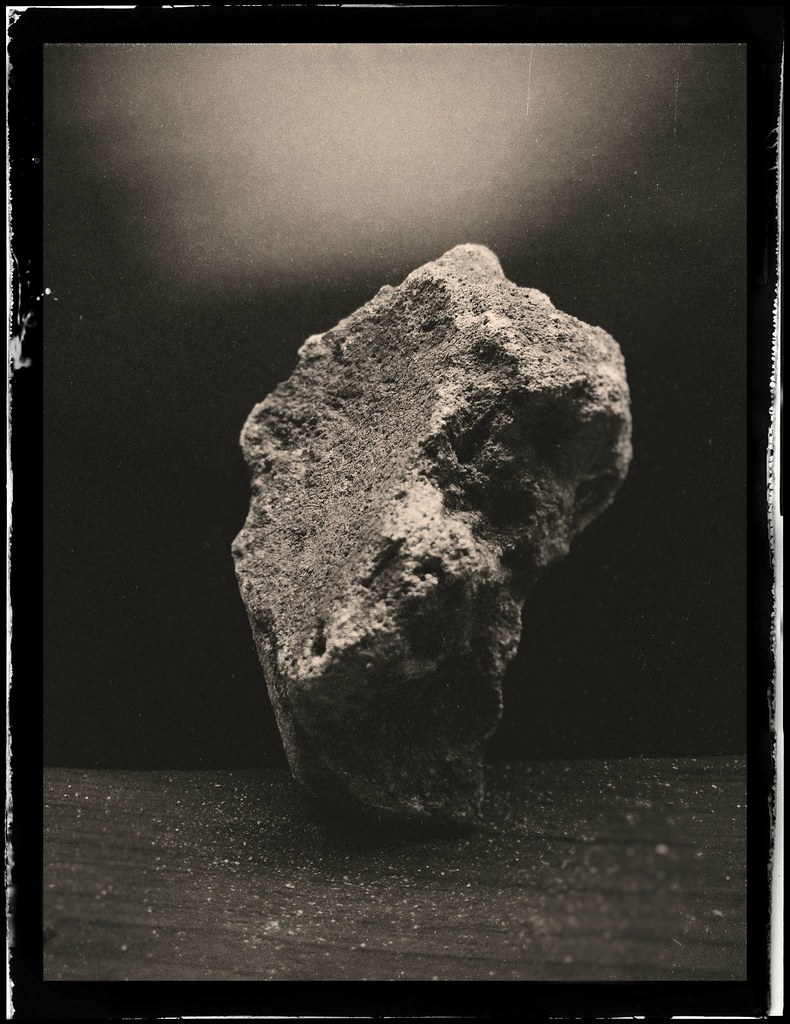
6. **Modern Purity: Ion Exchange and the Manhattan Project**The mid-20th century ushered in a new era for rare-earth element purification, driven by the intense demands of wartime innovation. In the 1940s, a team of brilliant scientists in the United States, led by Frank Spedding, made a colossal leap forward during the clandestine Manhattan Project.
This period saw the development of sophisticated chemical ion-exchange procedures specifically designed for separating and purifying rare-earth elements. These techniques were nothing short of revolutionary, offering a level of precision and efficiency previously unimaginable. The ability to separate these elements, which had baffled chemists for over a century due to their identical chemical properties, was now within reach.
Initially, this groundbreaking method found its first critical application not directly with rare earths, but with the actinides. It was crucial for separating plutonium-239 and neptunium from uranium, thorium, actinium, and other actinides produced in nuclear reactors. Plutonium-239 was, as we know, highly desirable for its fissile properties, making this separation technology absolutely vital for the project’s success.
The success in separating actinides demonstrated the immense potential of ion-exchange for the rare-earth elements themselves. This technological leap transformed the rare-earth industry, transitioning it from a painstaking, small-scale endeavor to a more industrial process, paving the way for the widespread applications we see today in everything from advanced electronics to renewable energy.

7. **The Future of Extraction: Flash Heating Innovation**While traditional methods of rare-earth extraction have long been established, the continuous demand for these critical materials drives innovation. Enter a truly exciting development from 2022: the flash heating isolation method. This new study offers a glimpse into a more efficient and environmentally friendlier way to retrieve these valuable elements.
Imagine this: fly ash, a common industrial byproduct, is mixed with carbon black. Then, in a mere one-second pulse, a powerful current is sent through the mixture, heating it to an incredible 3,000 °C (5,430 °F). It’s a rapid, high-energy blast that does a surprising amount of work in an instant.
The magic lies in how this extreme heat interacts with the fly ash. Fly ash typically contains microscopic bits of glass that act like tiny capsules, encapsulating the valuable metals, including rare earths. The flash heating process shatters these glass encasements, effectively exposing the rare earths and making them accessible for recovery.
But the innovation doesn’t stop there. This flash heating technique also ingeniously converts phosphates, which are often present with rare earths, into oxides. These oxides are significantly more soluble and, crucially, much easier to extract than their phosphate counterparts. The result is a process that extracted twice as much material using hydrochloric acid concentrations less than 1% of conventional methods. This is a game-changer for both efficiency and environmental impact, potentially reshaping how we source these indispensable elements in the years to come.
8. **The Unseen Architects: Rare-Earths in Modern Technology**Now that we’ve peeled back the layers of how these amazing elements came to be understood and extracted, let’s talk about their starring role in the gadgets and green tech we can’t live without. Have you ever considered what truly powers the vibrant display of your smartphone, the impressive range of an electric vehicle, or the silent, powerful rotation of a wind turbine? These aren’t just feats of engineering; they are monuments to the indispensable properties of Rare-Earth Elements.
Indeed, compounds containing rare earths are the silent workhorses behind an astonishing array of electrical and electronic components, the precise beams of lasers, specialized glass, the powerful magnetic materials in countless motors, and a myriad of crucial industrial processes. The global shift towards renewable energy technologies, like those sleek electric vehicles and towering wind turbines, coupled with advancements in high-tech electronics and defense applications, has caused an unprecedented surge in demand for REEs.
From making your everyday consumer electronics like smartphones smarter to powering the very infrastructure of our future, these elements are not just additives; they are foundational. Their unique electronic and magnetic properties allow for innovations that simply wouldn’t be possible with other materials, making them utterly non-negotiable for modern living and the technological frontier.

9. **Geopolitical Power Play: China’s Dominance and the Global Scramble**With such immense demand, it’s no surprise that Rare-Earth Elements have become a hot topic in global geopolitics. One nation, in particular, has long held a commanding lead: China. In 2019, China supplied a staggering 90% of the global demand for the 17 rare-earth powders, largely thanks to its extensive reserves and advanced production capabilities.
However, this dominance hasn’t been without its complexities. The Chinese Government has, since around 2010, progressively placed restrictions on its supply and sales of REEs for various strategic reasons. These restrictions were further escalated in 2025, following United States president Donald Trump’s intensification of the trade war with China, sending ripples through global supply chains.
This geopolitical chess match has prompted other nations with significant reserves to ramp up their exploration and production efforts. As of 2025, the US and Myanmar have stepped up to become the second- and third-highest producers, respectively. Meanwhile, countries like Brazil and India are also becoming increasingly important players, boasting the second- and third-largest reserves of these critical metals.
This global realignment underscores the economic implications of REE distribution and the urgent need for a diversified supply chain. The scarcity of economically exploitable ore deposits outside of dominant regions highlights the ongoing challenge and strategic importance of these materials.
10. **Unlocking Superpowers: The Unique Properties of REEs**What makes these elements so incredibly special? As chemist Andrea Sella put it in 2016, rare-earth elements are analytically “virtually inseparable, having almost the same chemical properties.” Yet, here’s the kicker: “in terms of their electronic and magnetic properties, each one occupies a unique technological niche that nothing else can.” It’s this peculiar duality that makes them so invaluable.
Beyond their specific applications, these metals share some general characteristics. They tend to tarnish slowly in the air at room temperature and react sluggishly with cold water, forming hydroxides and releasing hydrogen. Introduce them to steam, and they form oxides; heat them to 400 °C (752 °F), and they’ll spontaneously ignite. Interestingly, they have no known biological function, save for a few specialized enzymes found in certain bacteria, like lanthanide-dependent methanol dehydrogenases.
Think about the practical magic they enable: praseodymium (Pr) and neodymium (Nd), for instance, can be embedded into glass to completely eliminate the glare from a flame, a godsend for glass-blowing. This is just one small example of how their unique properties are leveraged. Their compounds, found in nature combined with phosphate, carbonate-fluoride, and oxygen anions, often take the form of oxides, with most forming sesquioxides with a valence of 3. These oxides exhibit five different crystal structures depending on temperature, including the stable cubic C-phase at room temperature, which holds a fascinating bixbyite structure.
It’s this blend of shared chemical traits and distinct electronic characteristics that makes them so tricky to process yet so revolutionary in application. The “earth” part of their name, if you recall, refers to an old term for minerals stable to oxidation that dissolve in acids—an enduring legacy of their initial discovery in oxide forms.

11. **The Peculiar Players: Scandium, Yttrium, and Promethium**Among the family of 17 Rare-Earth Elements, scandium, yttrium, and promethium often stand out, each for its own intriguing reasons. Scandium and yttrium, though not technically lanthanides, are honorary members of the rare-earth club because they consistently appear in the same ore deposits and display chemical properties remarkably similar to their lanthanide cousins. Yet, they distinguish themselves with different electrical and magnetic properties, proving that not all rare earths are created equal, even within the family.
Promethium, however, is truly in a league of its own. All of its isotopes are radioactive, and it simply doesn’t occur naturally in the Earth’s crust, except for a minuscule trace amount produced by the spontaneous fission of uranium-238. For practical use, promethium is synthetically produced in nuclear reactors, a testament to its elusive nature. The longest-lived isotope has a half-life of 17.7 years, making it a truly scarce and ephemeral element, with only an estimated 572 grams existing in the entire Earth’s crust.
Despite their unique quirks, Scandium and Yttrium play significant roles. Scandium finds its way into light aluminum-scandium alloys for aerospace components, enhancing strength with minimal weight, and acts as an additive in metal-halide and mercury-vapor lamps. Yttrium is equally versatile, forming the core of Yttrium aluminum garnet (YAG) lasers, serving as a host for europium in television red phosphors for vibrant displays, and even contributing to high-temperature superconductors (YBCO). It’s also vital in yttria-stabilized zirconia (YSZ) used in everything from tooth crowns to jet engine coatings and solid oxide fuel cells.
These elements often occur in minerals alongside radioactive elements like thorium and, less commonly, uranium. Their varied roles—from aerospace to medical imaging and even high-tech lighting—underscore the incredible breadth of applications that these ‘peculiar players’ bring to the modern world, making them far more than just scientific curiosities.

12. **Earth’s Hidden Treasures: Geological Distribution of REEs**While we’ve established that rare-earth elements aren’t actually scarce in terms of total crustal abundance, their geological distribution presents a complex challenge. Unlike many common transition metals, REEs are typically dispersed, not often found concentrated in easily exploitable rare-earth minerals. This means that economically viable ore deposits are, indeed, sparse, making their extraction a costly and labor-intensive endeavor.
During the Earth’s formation, the denser rare-earth elements were incorporated into the planet’s deeper portions. Subsequent differentiation of molten material largely concentrated these elements into mantle rocks. However, due to their high field strength and large ionic radii, REEs are often incompatible with the crystal lattices of most rock-forming minerals. This incompatibility means they undergo strong partitioning into a melt phase if one is present, effectively being “pushed out” of crystallizing minerals and accumulating in the molten rock.
This behavior is further complicated by the ‘lanthanide contraction’—a gradual decrease in ionic radius from light REEs (LREE) to heavy REEs (HREE). This contraction plays a crucial role in their geochemical behavior, allowing for a broad separation between light and heavy REEs. The larger ionic radii of LREEs make them generally more incompatible than HREEs, leading them to partition more strongly into a melt phase. Conversely, HREEs may prefer to remain in crystalline residues, especially in minerals like garnet that can accommodate their smaller ionic radii.
Consequently, magma formed from partial melting tends to have higher concentrations of LREEs than HREEs. This geological reality impacts the types of minerals where they are found: tetragonal xenotime preferentially incorporates yttrium and HREEs, while monoclinic monazite hosts cerium and LREEs. Other key minerals include bastnäsite and loparite, and the crucial lateritic ion-adsorption clays, particularly prevalent in Southern China, which are a primary source for HREEs.

13. **Lightweights vs. Heavyweights: Classifying Rare-Earth Elements**The classification of Rare-Earth Elements can sometimes feel a bit like trying to categorize internet memes—inconsistent and evolving. However, the most common and practical distinction made by scientists today is based on their atomic numbers. Those with lower atomic numbers are typically called Light Rare-Earth Elements (LREEs), while those with higher atomic numbers are the Heavy Rare-Earth Elements (HREEs). Some classifications even throw in a ‘Middle Rare-Earth Elements’ (MREE) category for those in between.
Generally, elements with atomic numbers 57 (lanthanum) to 61 (promethium) are considered LREEs. From atomic number 62 onwards, they are classified as HREEs. This division isn’t arbitrary; the increasing atomic numbers lead to subtle but significant chemical variations due to the gradual decrease in atomic radii across the series, a phenomenon known as the lanthanide contraction. An interesting exception to this strict atomic number rule is europium, which can exist in two different valence states (Eu2+ and Eu3+), giving it unique geochemical behavior. Yttrium, despite not being a lanthanide, is almost always grouped with the HREEs because of its striking chemical similarities.
Beyond simple atomic number, geochemists also categorize REEs based on their atomic weight. A common geochemical classification divides them into LREEs (from La 57 to Nd 60), Intermediate REEs (MREEs – from Sm 62 to Ho 67), and HREEs (from Er 68 to Lu 71). Most REEs appear as trivalent ions, though cerium can take a Ce4+ form and europium a Eu2+ form, depending on the redox conditions. This shared trivalent state contributes to their substantial identity in chemical reactivity, causing them to behave similarly in geochemical processes rather than as distinct individual elements.
The lanthanide contraction, that higher-than-expected decrease in atomic/ionic radius along the series, has a profound effect on their geochemistry. It dictates how they behave in both Charge-and-Radius-Controlled (CHARAC) geochemical systems and non-CHARAC systems like aqueous solutions, influencing their ionic potential and coordination bond formation. It’s also the key reason why yttrium, whose ionic radius (0.9 Å) is almost identical to holmium’s (Ho3+ at 0.901 Å), is justifiably included among the REEs, despite its different electronic structure.

14. **The Economic Equation: Why Rare-Earths Are Priceless**Given their dispersed nature and the technical hurdles in extraction, the economic consequences of rare-earth element distribution are profound. While LREEs are found in large, commercially exploitable ore bodies around the world, HREE ore bodies are much rarer, smaller, and less concentrated. This disparity directly impacts their price and supply, making HREEs particularly valuable and strategically important.
Many of the world’s enriched deposits of REEs are found at the Earth’s surface in carbonatites and pegmatites. These geological formations are tied to alkaline plutonism, a less common type of magmatism that occurs in specific tectonic settings, either where rifting is happening or near subduction zones. These alkaline magmas, produced from small degrees of partial melting deep within the mantle, become naturally enriched in incompatible elements like REEs, eventually rising to form these valuable deposits.
Examples of these economically vital deposits are numerous. Ferrocarbonatites, a common type of carbonatite enriched in REEs, are found in significant concentrations at Mount Weld in Australia, Thor Lake in Canada, Zandkopsdrift in South Africa, and Mountain Pass in the United States. Peralkaline granites, often referred to as pegmatites due to their large grain sizes, are found at places like Strange Lake in Canada and Khaladean-Buregtey in Mongolia, yielding Niobium-Yttrium-Fluorine (NYF) type deposits enriched in yttrium and other rare earths. Even nepheline syenite deposits, though smaller, contribute to the global supply, as seen in Illimaussaq-Kvanefeld in Greenland and Lovozera in Russia.
Beyond primary deposits, secondary alteration processes also play a role. In tropical regions, intense weathering can lead to ‘supergene enrichment,’ forming laterite deposits where heavy rare-earth elements are absorbed into residual clays. Southern China’s ion-absorption clay ores are a prime example, providing the majority of the world’s HREE supply. Looking to the future, research in 2011, led by geologist Yasuhiro Kato, suggests that Pacific Ocean seabed mud could hold vast, promising concentrations of rare-earth minerals, potentially reshaping the economic landscape of REE sourcing in the decades to come.
**The Enduring Legacy of Earth’s Essential Elements**
From their perplexing initial discovery in a Swedish quarry to their indispensable role in the tech powering our daily lives, Rare-Earth Elements have truly earned their title as the unsung heroes of the modern world. They are the unseen architects behind our screens, the quiet power in our electric vehicles, and the invisible force driving our sustainable future. Their story is one of scientific persistence, geopolitical intrigue, and continuous innovation, reminding us that sometimes, the most ‘rare’ and valuable things aren’t just found; they are painstakingly understood, ingeniously extracted, and strategically managed. As humanity continues to push the boundaries of technology and sustainability, these remarkable elements will remain at the heart of our progress, their story still unfolding, promising even more wonders yet to be revealed. So, the next time you power up your device, remember the extraordinary journey of the Rare-Earth Elements – they’re not just rare; they’re remarkable, and absolutely essential.

